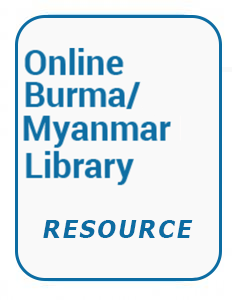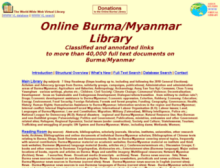Resource information
After the annexation of Upper Burma in 1886, the modern Burmese oil industry expanded at Yenangyaung, the long-standing center of hand-dug wells worked by twinza. An earlier attempt to establish a commercial industry in Arakan in the late 1870s was thereby eclipsed. On the islands off the Arakan coast -- Ramree, Cheduba, and the Boronga Islands -- British explorers had drawn attention to oil pools and seepage. In 1878, the first modern oil well in Burma was drilled on Eastern Boronga Island. However, the eager oil speculators had not done their homework, and the Arakan oil industry declined because the oil-fields were poor producers and thus not economically viable for mass production. The Arakan experience nonetheless influenced the early commercial exploitation of the Yenangyaung fields.


